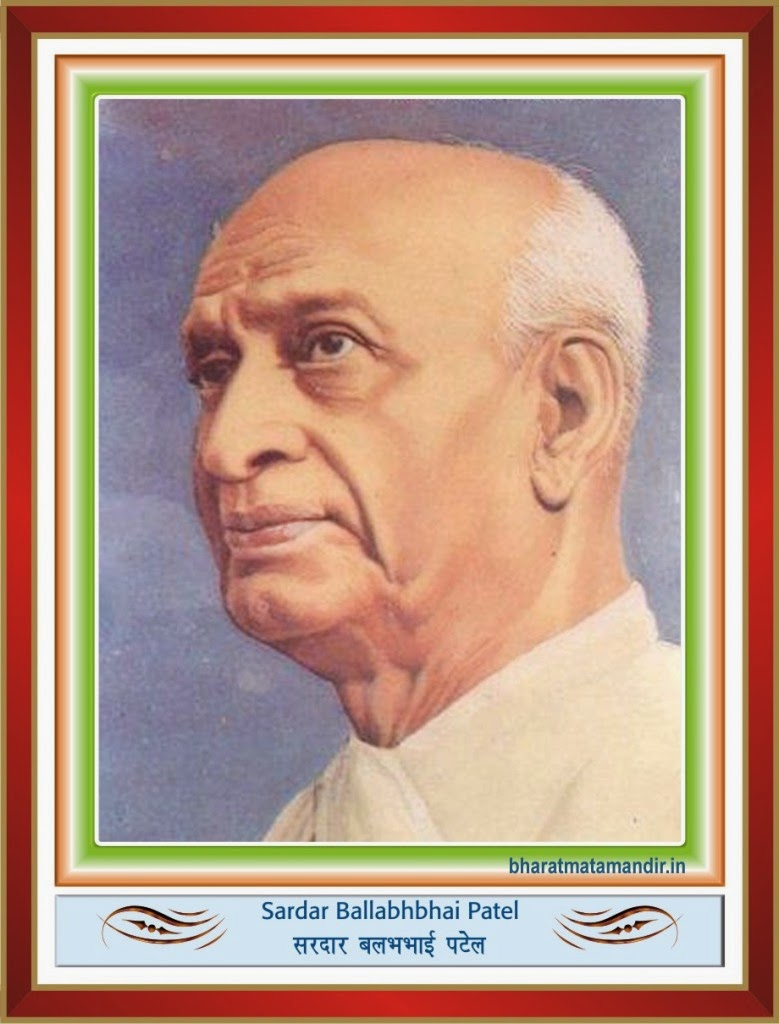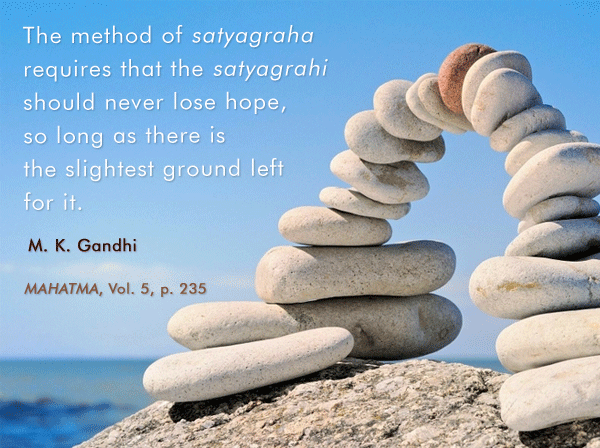#ArharModi: How in trying to nail PM, Rahul Gandhi exposed own ignorance of reality :
Opinion
29/07/2016.
627.
All Members,
Respected family members of this great holy Nation.
Sub : #ArharModi: How in trying to nail PM, Rahul Gandhi exposed own ignorance of reality :
Ref : Media reports- First report
It is not often that a political leader gets the chance to proudly display his ignorance on the floor of the Parliament with live television beaming it into a million homes. But then Rahul Gandhi is no ordinary politician.
The Gandhi dynasty is insured from repeated failures, cushioned against dubious statistics, immune from bad data, indifferent to public ridicule and forever guaranteed an unquestioned pass from an entrenched, servile mainstream media that is determined to package and repackage a failed brand.
The Congress vice-president frequently takes power naps inside the floor of the House only to rise up on occasions and deliver catchy slogans such as 'suit-boot ki sarkar' or 'fair-and-lovely'.
On Thursday, he sought to needle the Centre on price rise by relying on an old spoof 'Arhar Modi' - a take on Narendra Modi's 2014 campaign slogan 'har har Modi' which was first heard during the campaign trail of last year's Bihar Assembly polls.
It is not clear yet whether Rahul's jibe will gain currency during the upcoming elections or even if it does, whether that will benefit the Congress. But the glee on display in certain sections of the media which latched on to it and sought to define it as a 'game-changing moment in Indian politics' spoke volumes about how the Congress's famed ecosystem is alive and kicking.
This is not to say that price rise isn't a sensitive issue. Prices of essential commodities have seen a sharp spike with dal shooting through the roof. It affects all and the poor, who rely on pulses for protein, are the hardest hit.
Political parties and leaders are well within their rights to put on mat the government of the day if it fails in its job to contain it. But there are two problems with Rahul Gandhi's opportunistic stance.
One, the Gandhi scion failed to provide any reliable data to back up his claim that the government has indeed failed to manage prices with all factors remaining constant. He leaned solely on rhetoric.
It is a bit rich because when in power, the Congress was guilty of the grossest economic mismanagement. In its two terms, the UPA royally screwed the Indian economy and left behind a trail of destruction which the current government is still struggling to fix.
Two, while targeting the Prime Minister on Thursday and asking him to "set a date for lowering of prices" he displayed a breathtaking lack of basic knowledge in how economy functions. The metaphor is a great political slogan but miserable explainer of a complex process.
But let us concentrate on the first point.
In 2014, in an exhaustive article titled 'How UPA turned NDA's economic growth into shambles', columnist and author Vivek Kaul wrote in Firstpost how economic growth during the UPA rule fed on the economic growth during the NDA rule and how the government to follow will have a tough time turning it around.
Kaul made two basic points. One, UPA 1 capitalized on the tailwind provided by Atal Bihari Vajpayee's NDA government but eventually killed off the all the engines of growth by the end of its second term. Two, the "massive" 8.5% and 10.5% economic growth during fiscals 2009 and 2010 were primarily the result of huge public spending.
The UPA inherited a 7.9% economic growth and an average 4.8% rate of inflation from the NDA. The index of industrial production, a measure of the industrial activity in the country, was growing at 8% in early 2004. The fiscal deficit for the year 2003-2004 came in at 4.5% of the GDP.
In all these metrics, the UPA left the country poorer despite enjoying consecutive good monsoons towards the end. What's more, the writer pointed out how fiscal deficit for the year 2013-2014 was projected to be at 4.6% of the GDP which was "understated to the extent of Rs 2,00,000 crore."
So the scion of a dynasty whose government recklessly spent money, killed the growth engines and then cooked the books now accuses another of 'mismanaging price rise'.
As the Union finance minister pointed out in his rebuttal to the Congress vice-president, the UPA left the economy in a dire state, with Consumer Price Index (CPI) and food inflation at double digits, Wholesale Price Index inflation around 6-7 per cent and limited growth prospects.
In contrast, inflation was brought down for 18 straight months with the country has witnessed negative WPI inflation. That Arun Jaitley forgot to mention RBI governor Raghuram Rajan's role in this battle is another matter altogether.
Now to come to the second point. The FM said on Thursday that if steps to increase pulse production had been taken in the past decade then dal prices wouldn't have reached the Rs 180-mark.
The crux of the problem in spiraling dal prices lies in a mismatch between demand and supply.
As MD and CEO of Rural Agri Ventures Girish Aivalli writes in his article on why 'India needs a pulses revolution', lentils in India recorded less than 40 percent growth in production in the past 40 years while its per capita availability declined from 60 grams a day in the 1950s to 35 grams a day in the 2000s whereas India needs an estimated annual growth of 4.2 percent to ensure projected demand of 30 million tonnes by 2030.
Which is why India has the highest production, highest consumption and is also the highest importer of pulses.
Jaitley pointed out in Parliament on Thursday: "While the demand is for 23 million tonnes, the production was 17 million tonnes, leaving a gap of six million tones which would be procured from Myanmar, Mozambique and Tanzania." He also said steps are being to create a buffer of 20 lakh tonnes.
Now why is demand outstripping supply? There are several reasons. Apart from the immediate reason, that India has suffered consecutive bad monsoons which has affected the production, there are long-standing, systemic issues at play.
The government's current incentive structure is such that it rewards farmers for growing rice, wheat and sugarcane, all water intensive crops by providing much of the subsidies on fertilisers, power, and irrigation to these crops. These subsidies amount to more than Rs 10,000/ hectare. If the same amount were given to pulse growers, they would be incentivised to produce more.
Then there is the question of lack of assured procurement which crops like rice and wheat enjoy but pulses doesn't. This lack of support mechanism for procurement and marketing has been a major impediment to the propagation of pulses. Then there are issues related to low yield.
As Avialli points out: "Low genetic yield of Indian pulses and their vulnerability to pests and diseases is a major hindrance to adoption of pulses by farmers. Being rain-fed, pulses often experience drought at critical growth stages. The risk of low productivity and income is too high for farmers to bear. The lack of drought- and disease-resistant varieties of pulse seeds is alarming."
Point is, these are endemic problems which Indian economy suffers from with little to no focus on resource-saving technologies. For being the dominant party in power, the Congress would do well to introspect how pulses production came to be historically ignored under its watch. Merely blaming the government with cheap slogans won't serve any purpose.
My views
1. This man Rahul, pushing himself, in disaster, by his stupid ignorant speech,
2. None is responsible to his own deeds causing his self-elimination.
Thank you for reading
JAIHIND.
Next with another Topic ....













Comments